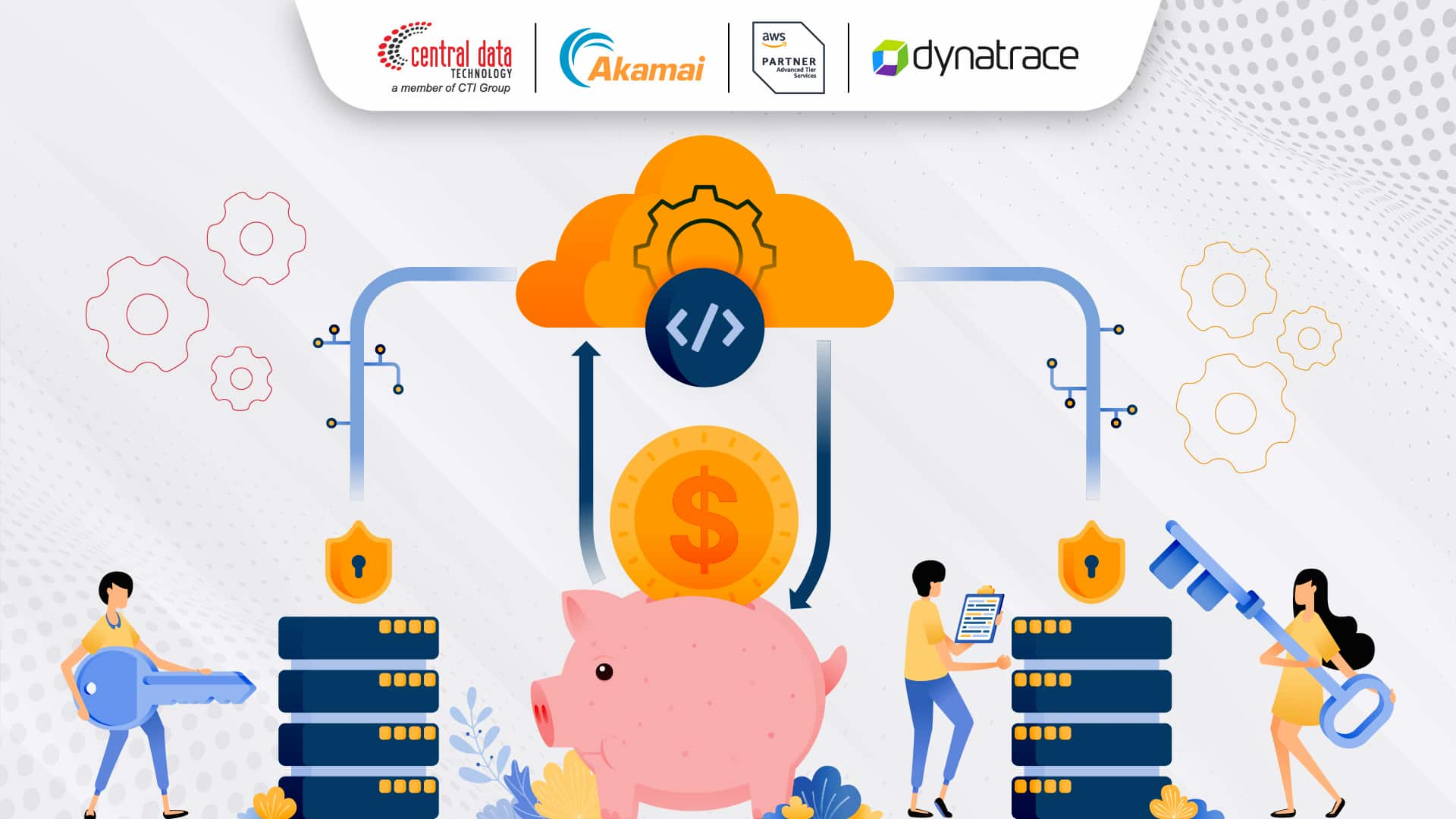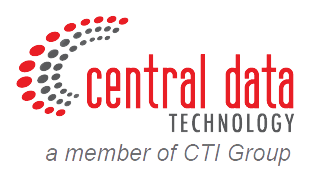
Is simply migrating to the cloud enough to guarantee maximum efficiency and performance for your business? Gartner predicts that 90 percent of enterprises will adopt hybrid cloud by 2027, highlighting the rapid growth of cloud adoption—and showing that a simple strategy may no longer be sufficient.
This massive adoption often brings challenges such as rising costs, underutilized resources, and inconsistent application performance. To address these issues, companies need a cloud optimization strategy that ensures their cloud operations remain efficient and effective.
What is Cloud Optimization
Cloud optimization is the process of managing cloud resources effectively to balance cost, performance, and security. Its goal is to ensure stable application performance, efficient use of resources, and provide full visibility across hybrid and multi-cloud environments.
By implementing cloud optimization, companies can avoid waste, optimize workloads, and maximize the value of their cloud investments.
Why Cloud Optimization is Key for Digital Business Success

Cloud optimization is not merely about managing resources—it’s a critical strategy to ensure cloud infrastructure truly supports sustainable business growth. With the right approach, companies can enhance operational efficiency, maximize cloud ROI, and ensure their applications consistently perform at their best.
Furthermore, cloud optimization provides complete visibility into workloads and resource usage, enabling IT teams to make faster, smarter decisions and scale capacity in line with business demands. In this way, the cloud becomes a true enabler of innovation and digital growth.
Four Key Pillars of Cloud Optimization Success
To make cloud optimization strategies effective, businesses need to focus on several key components. By managing these aspects, companies can ensure cost efficiency, stable performance, and an infrastructure ready to support business expansion.
Compute Resources
Match instance types and capacities with workload needs to avoid both overprovisioning and underutilization.
Storage
Manage storage efficiently through tiering, compression, and removing unnecessary data to control costs.
Networking
Design network architecture to reduce latency, maintain availability, and minimize cross-cloud data transfer expenses.
Licensing & Purchase Models
Take advantage of options such as reserved or spot instances and manage licenses properly to reduce long-term expenses.
Read More: Overspending on Cloud? Discover the Best Cloud Cost Management Solutions
Cloud Optimization vs. Cloud Cost Management
Many companies often confuse cloud optimization with cloud cost management, but while related, they are not the same.
Cloud Optimization
Focuses on holistic improvements in cloud usage—from application performance and resource efficiency to network architecture and security. Its aim is to ensure long-term stability and scalability.
Cloud Cost Management
Centers around controlling and monitoring cloud spending, including budgeting, forecasting, and bill tracking to keep expenses aligned with budgets.
In short, cost management is one component of optimization, but cloud optimization is much broader as it also covers performance, reliability, and operational effectiveness, not just expense control.
Cloud Optimization Challenges and Solutions

Cloud optimization strategies are designed to reduce costs while improving application performance, service availability, and operational efficiency. In practice, companies often face several challenges:
Cloud Sprawl
Cloud services and instances can proliferate across platforms without proper oversight, resulting in resource duplication and untraceable costs.
Lack of Cost Visibility
Many companies lack detailed insights into cloud spending, making it difficult to control costs and make informed decisions.
Over-Provisioning
Purchasing excess resources to avoid downtime can inflate costs since unused capacity accumulates over time.
Evolving Application Needs
Workloads change constantly, making initial resource allocations often outdated. Optimization strategies must be continuously updated.
To address these challenges, companies can adopt the following best-practice steps in cloud optimization:
Identify and Prioritize Workloads
Not all applications are suited for the cloud. Focus on workloads that provide the greatest business impact to ensure investments are directed effectively.
Choose the Right Resources
Align computer, storage, and networking resources with application needs. Avoid over-provisioning to maintain cost efficiency without compromising performance.
Enhance Cost Visibility
Use cost monitoring tools or dashboards to track every cloud usage. Transparency enables better expense control.
Monitor and Evaluate Regular
Regularly track application performance and resource usage to detect inefficiencies. Continuous evaluation keeps optimization strategies relevant.
Leverage Managed Services
Outsource parts of workloads to managed services so IT teams can focus on innovation rather than day-to-day operations.
Implement Continuous Optimization
Cloud optimization is ongoing. Adopting a continuous improvement approach allows companies to adapt to changing applications and business requirements.
Cloud Optimization Solutions from CDT
As a leading IT solutions provider, Central Data Technology (CDT) offers tools that support cloud optimization, helping companies reduce costs, improve application performance, and maintain service reliability. Key solutions include:
Akamai Cloud
Akamai delivers edge-first content delivery and application acceleration that keeps applications fast and reliable globally. With predictable, transparent pricing and minimal egress fees, businesses can deploy workloads closer to users, reducing latency and infrastructure complexity. This approach supports high availability, scalable workloads, and improved user experience for globally distributed operations.
Amazon CloudWatch
Amazon CloudWatch provides unified, real-time monitoring across AWS and hybrid environments. Combining metrics, logs, dashboards, alarms, and automated actions, it enables teams to optimize performance and cost efficiently. Companies can detect anomalies, right-size resources, and automate scaling, ensuring reliable service and operational efficiency.
Dynatrace
Dynatrace offers AI-driven observability with cost and carbon insights. Its topology-aware analytics and automation allow teams to identify underutilized resources, optimize workloads, and monitor impact on sustainability. By consolidating performance, usage, and environmental metrics in a single platform, Dynatrace helps businesses make smarter operational and financial decisions while maintaining reliable digital services.
Optimize Your Cloud with CDT
Maximize cloud efficiency and performance with Central Data Technology (CDT), part of the CTI Group. As an authorized advanced partner of Akamai, AWS and Dynatrace, CDT provides proactive cloud optimization, monitoring, and hybrid cloud management to support reliable business operations.
Contact our team at marketing@centraldatatech.com to receive solutions customized to your company’s needs.
Author: Moyna Farla Tsabitah
CTI Group Content Writer Intern

